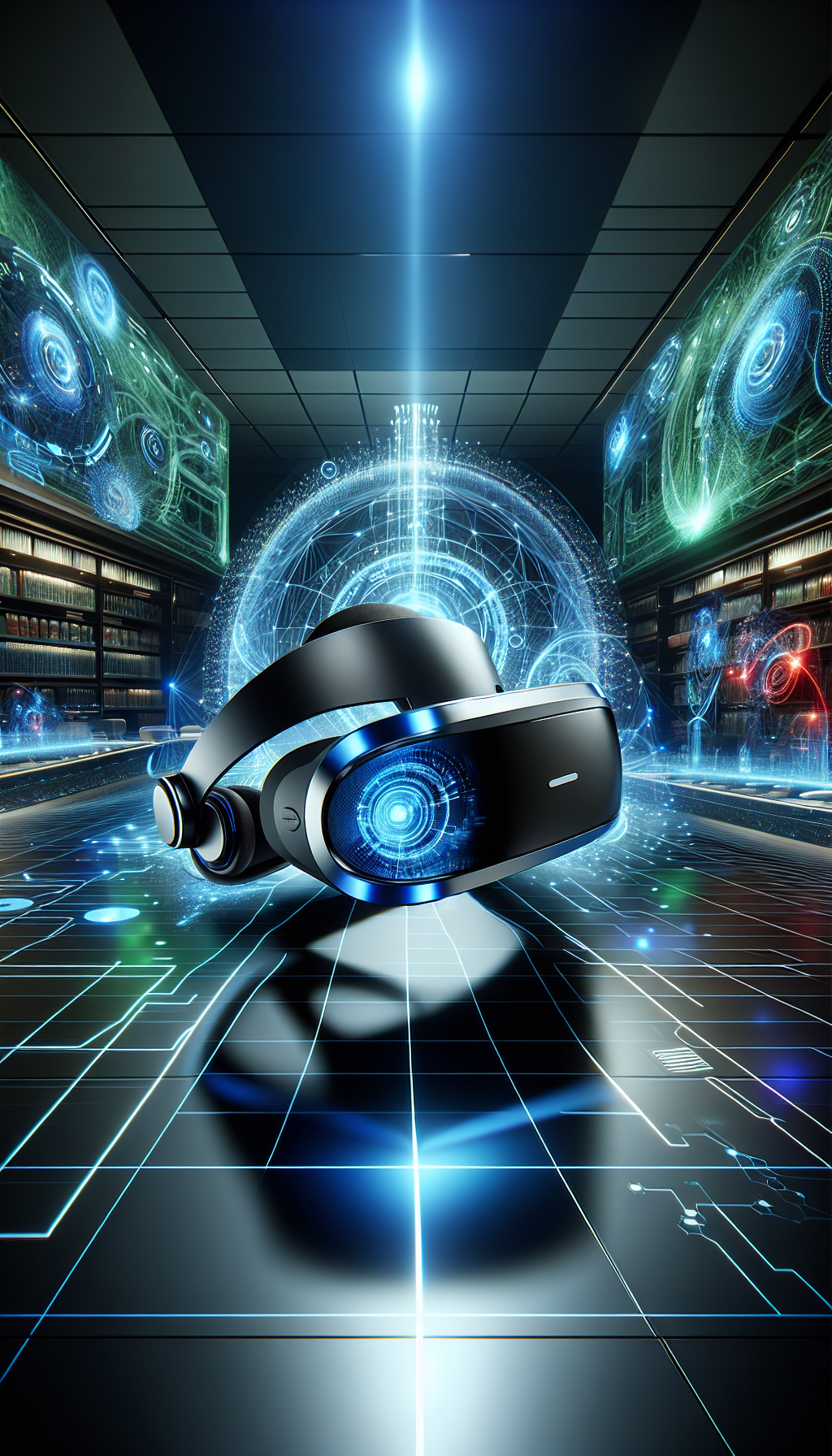MOUNTAIN VIEW, Calif., 20 May 2025 – Augmented reality (AR) hardware manufacturer XREAL has announced a new strategic collaboration with Google aimed at growing the Android XR platform. The partnership, officially revealed at this year’s Google I/O developer conference, introduces Project Aura, a next-generation optical see-through extended reality (XR) device designed to support Android XR — Google’s open platform for spatial computing and immersive experiences.
Project Aura marks XREAL’s foray into optical see-through headsets — devices that let users view the real world directly while overlaying digital information — in contrast to video passthrough XR headsets, which display a camera feed to simulate reality. Described by XREAL as its most ambitious product to date, Aura is built to take advantage of Android XR, which was also unveiled at Google I/O 2025.
The collaboration sees XREAL join a small but growing roster of hardware makers working to create spatial computing experiences based on the Android XR ecosystem, designed to rival Apple’s visionOS platform. Google’s Android XR, developed in partnership with chipmaker Qualcomm and Samsung, is intended to provide an open-source operating system for immersive devices, ranging from AR glasses to mixed reality headsets.
XREAL’s Project Aura features an optical see-through display architecture designed to deliver a high-quality, immersive AR experience. While full specifications have not yet been released, the company promises lightweight hardware and cutting-edge display technologies. The device is part of a broader trend among tech companies to push into spatial computing — a field that merges advanced graphics and real-world context to allow users to interact with digital elements as if they were physically present.
In a statement shared at Google I/O, XREAL CEO Chi Xu said the collaboration with Google represents a significant leap forward in the AR industry. “We look forward to working with Google and developers worldwide to deliver a future where the boundaries between physical and digital experiences dissolve,” said Xu.
XREAL, previously known as Nreal, has been gaining ground in the part of the AR market focused on lightweight and affordable smart glasses. Its XREAL Air series glasses, which project a virtual display in front of users’ eyes, have been well received, with the latest XREAL Air 2 Ultra launched earlier this year. According to IDC figures reported by CNBC, XREAL claimed a 51% share of the global AR glasses market in 2023, shipping over 300,000 units.
By aligning itself with Google’s Android XR ecosystem, XREAL appears to be positioning itself as a dominant player in the emerging market for head-worn spatial computing devices. Google’s re-entry into the AR hardware space marks a strategic comeback after the earlier Google Glass failed to achieve widespread consumer adoption. The search giant is now attempting to create the software foundations needed for a broader AR ecosystem, in much the same way that Android helped power the early smartphone revolution.
This Android XR platform is being built in collaboration with Qualcomm, whose Snapdragon processors currently power many of the world’s leading XR devices, and Samsung, which has committed to developing compatible hardware. The initiative reflects a coordinated effort to create an open alternative to Apple’s more tightly controlled spatial computing stack — exemplified by the Apple Vision Pro.
As the AR and XR industries continue to evolve, XREAL’s unveiling of Aura and its partnership with Google could prove pivotal in shaping the next generation of immersive computing. The company has not yet confirmed a release date or pricing for Project Aura, but it is expected to be a developer-focused device in its initial phase.
For more details, the full press release can be found on PR Newswire.



